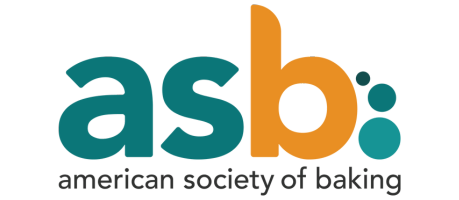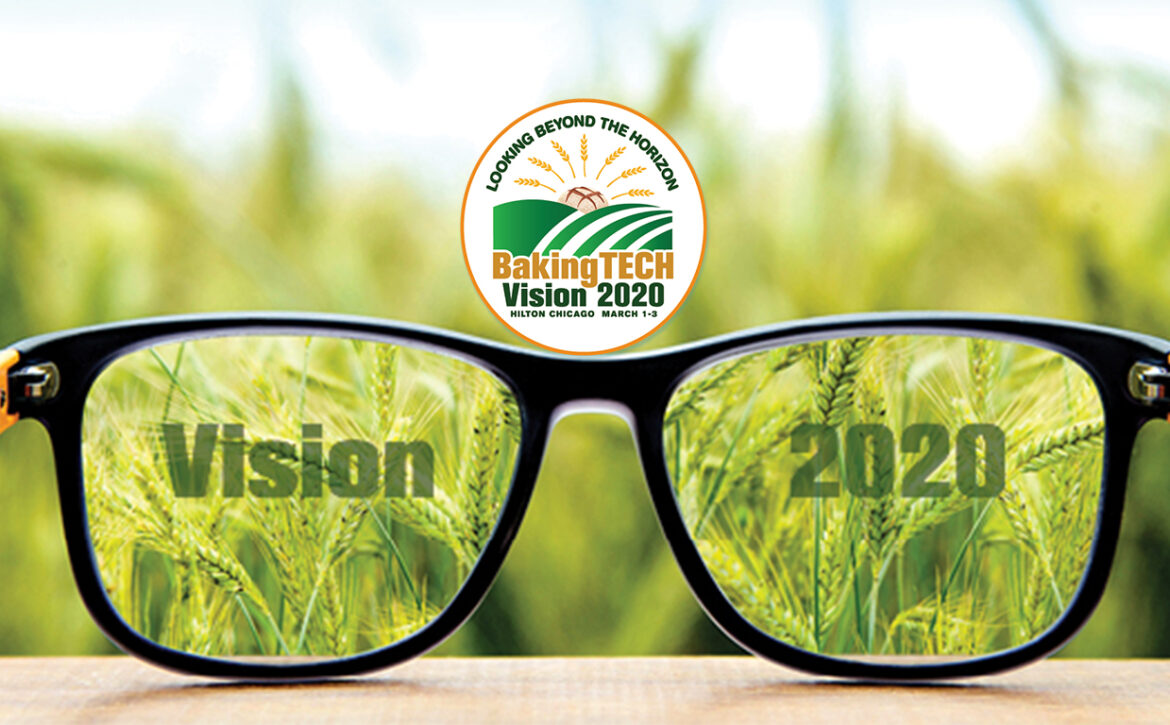Keynote Address – How Culture Drives Sustainability and Workforce Engagement
Keynote Speaker
Rich Berger, Clif Bar
Closing General Session
Session Schedule
1:45 pm: PDC Winner Presentation, Chairman Thank You
2:15 pm: Keynote Address – Progressive/Sustainable Bakery, Rich Berger, Clif Bar
Safe Handling of Enzymes in the Baking Supply Chain
Microbial enzymes have been widely used in the baking industry due to their valuable contributions to the quality of finished baked goods as well as fulfilling the need for sustainable ingredients. Microbial enzymes have a long history of safe use in foods and are not considered food allergens through ingestion. However, enzyme proteins have long been recognized to have a potential to cause occupational allergy and asthma through worker inhalation exposures to enzyme dust or aerosols during bakery processes such as blending and mixing. The Enzyme Technical Association (ET) has developed guidance on the safe handling and use of enzyme in occupational environments. This presentation will provide an overview of the hazards, control measures, training, and surveillance practices as part of an overall enzyme safety program.
Learning Objectives
- Understand the health effects of enzymes associated with inhalation exposures
- Learn about the hierarchy of controls that can be implemented to minimize enzyme exposures
- Gain access to key industry guidance documents and tools to help manage enzyme safety within your organization
The Future of Bread and The Biodiversity of Sourdough
For thousands of years, bread was leavened using Sourdough. Around 200 years ago, the bread world was completely changed by the invention of modern milling techniques and commercial yeast. These disruptive technologies have created the bread market we are familiar with today where most of the bread is produced very consistently and quickly. Although this means bakers can make more bread at more affordable prices, we lost certain elements of quality when we lost the use of Sourdough.
Like cheese and wine, the diversity of bread is primarily defined by its fermentation. Transforming grain into sourdough is a very complex process, in which the flour, water, microorganisms, time, and temperature play a crucial role.
Consumers around the world are now rediscovering the complexity and quality that sourdough can impart to even a basic, standard bread. This is leading more and more people to seek higher quality breads even if that means paying a premium.
Learning Objectives:
- How sourdough has risen in popularity as a driver for premium rustic style breads.
- The difficulties of transforming undigestible grains into a nutritional and flavorful leavening agent.
- The role of microorganisms, fermentation substrate, hydration, time, and temperature in sourdough flavor development.
Presenter
Michael Gleason, Puratos
The Evolution of Automation
Presentation summary to follow.
Presenter
Jorge Izquierdo, The Association for Packaging and Processing Technologies
FSMA Inspections – What to Expect and How to Prepare
FSMA mandates are integral pieces for today’s food safety climate. This leads our industry to believe that the FDA may conduct their inspections differently and it’s critical for food safety professionals to take these mock inspection tips seriously. But what’s the best way to prepare for these types of future inspections and audits? How do you start building a stronger food safety plan?
This presentation will include feedback from the industry on their recent FDA audits, experiences from the industry on new FSMA inspections, and evaluating your preparedness level. We’ll also provide information on AIB International’s top FDA mock inspection findings of 2018. Within the presentation we will discuss best practices to consider and how to prepare the site and personnel for this new style of inspection.
Learning Objectives
- Evaluate your facility preparedness level for an FDA inspection
- Discuss tips to help your facility handle FDA visits properly
- Review top findings of the AIB International FDA Preparedness Inspections
Presenter
Earl Arnold, AIB International
Breakout 6: Clean Label
Session Chairs: Linda Dunning, DuPont Nutrition & Health; Jill Stang, DuPont Nutrition & Health
Session Schedule
- 12:15 pm: Clean Label – Mythbusting Edition, Nicole Rees, AB Mauri North America
- 12:55 pm: The Future of Bread and The Biodiversity of Sourdough, Michael Gleason, Puratos
Clean Label – Mythbusting Edition
Consumer research continues to indicate that a majority of consumers are looking for ingredient lists that are simple and understandable. Many food manufacturers are working to make products with cleaner, simpler ingredients as a response to consumer desire for transparency in the foods they eat. As ingredient lists are made shorter and simpler, often functional ingredients may need to be removed. Finding alternatives is often challenging. How many ingredients are on your label? How many do you need to make a good quality product? These are key questions to ask yourself. While consumers don’t want long confusing ingredient legends, they still want high quality, convenient foods that have a fair shelf-life. Many hurdles and pitfalls can occur as bakers look to clean up labels.
Learning Objectives
- Contrast consumer perceptions and industry viewpoints related to cleaner label products as well as labeling regulations such as organic and natural
- Show solutions for replacing functional ingredients with clean label alternatives & describe results in performance, volume, appearance and shelf-life
- Describe production and processing hurdles and pitfalls to avoid when switching to “cleaner” labels
Presenter
Nicole Rees, AB Mauri North America
Breakout 7: Engineering
Session Chair: Cindy Chananie, Erika-Record
Session Schedule


